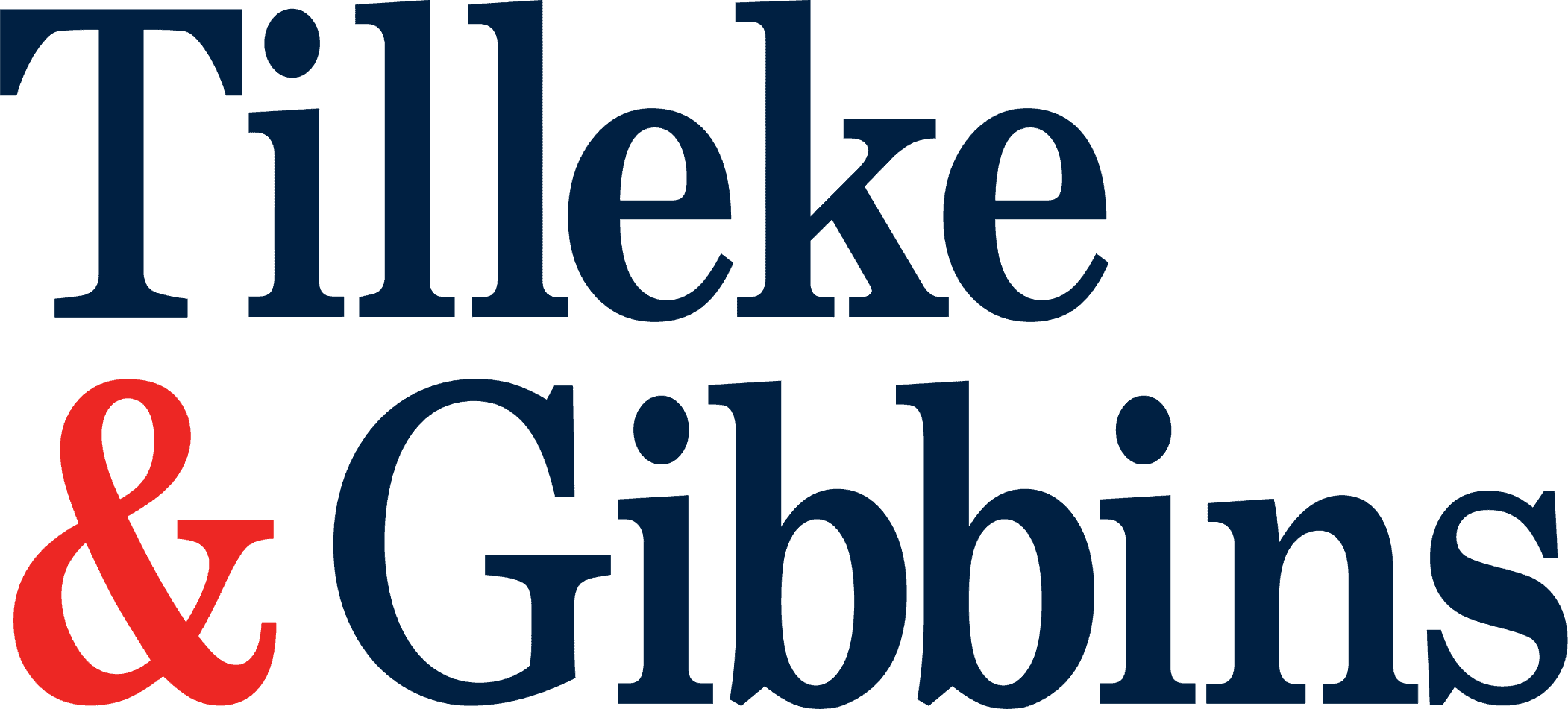
Tiziana Sucharitkul, managing partner and director of Tilleke & Gibbins’ dispute resolution group, provided in-depth insights on diversity and inclusion and law firms for a recent article in Asia Business Law Journal (ABLJ) on diversity and inclusion in law firms across Asia. In the article, which was published on March 30, 2022, Tiziana offers insights gained in her years in senior leadership at Tilleke & Gibbins and as a longtime advocate for law firm diversity and inclusion initiatives.
The article begins by contrasting the demand for greater diversity among Western law firms—especially by corporate counsel—with attitudes in Asia, where questions of expertise and service often take precedence when it comes to legal work. The writer then quickly shifts to investigating the reasons for this, as well as exploring the current state of diversity in the Asian legal industry today.
This section of the article leads with Tiziana’s explanation that leadership of Asian law firms are in a very different context than the social tensions that catalyzed many diversity initiatives in the West. However, this does not necessarily mean that diverse representation has lagged in this part of the world. Rather, as Tiziana points out, “Southeast Asian countries have some of the highest proportions of women in senior business leadership in the world.” She also notes that markers such as gender diversity and respect for minority rights can vary widely across Asia.
Elsewhere in the article, other senior law firm leaders express similar observations and provide details on the diversity challenges in their countries of focus. For example, an expert on diversity in the Indian legal profession notes that local diversity concerns must also consider caste discrimination, and a partner at a global firm in Singapore speaks about the challenges of developing diversity policies that fit each local context.
Tiziana agrees that localizing diversity policies is essential, explaining that the process needs to start with a detailed look at the makeup of the company or individual office, comparison to the diversity present in the wider social context in that location, and determination of the causes of any discrepancies.
Overall, the article concludes that firms need to develop and follow through on policies that create an inclusive atmosphere that welcomes all types of diversity at every level.
The full article is available on the ABLJ website.
